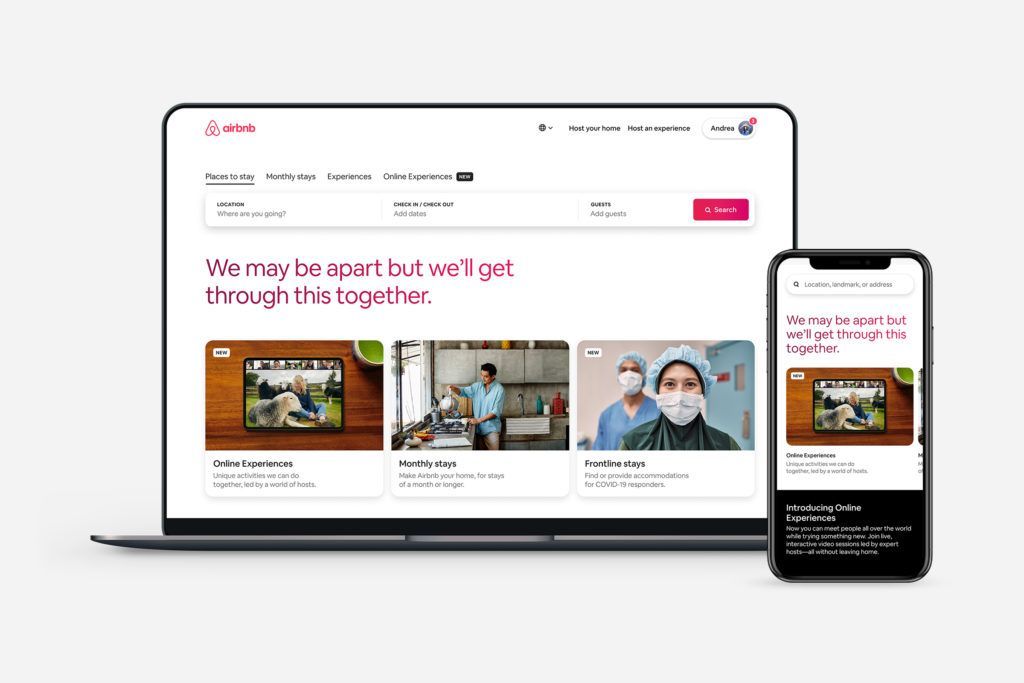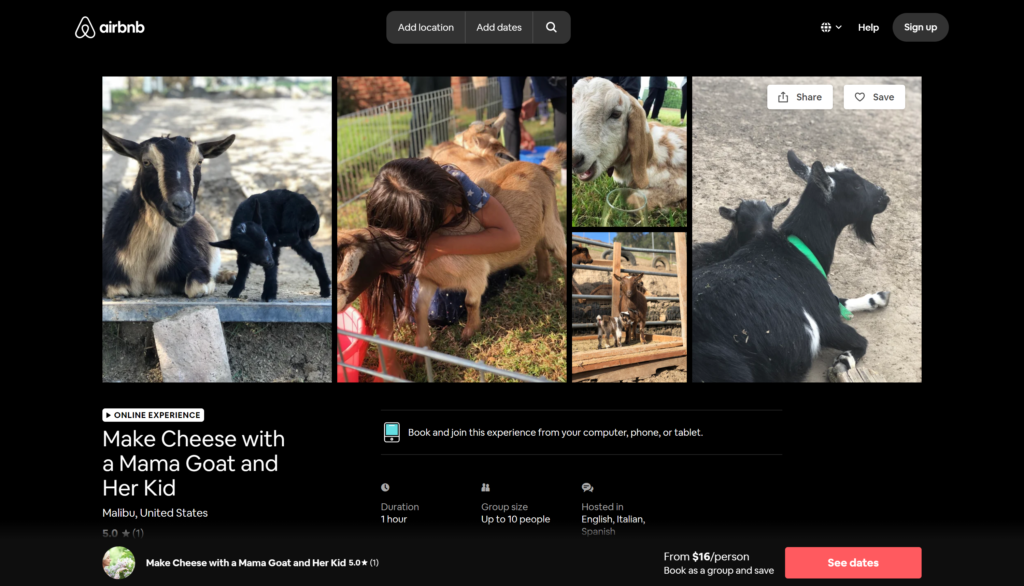At the moment, Airbnb’s entire business model has been rendered inoperable thanks to the severe limits on travel and the inability of many to set foot outside their own homes. Needless to say, the financial implications have hit the company, as well as the many people who rely on Airbnb for income, hard. Yet, remarkably, the company was quickly able to adapt its platform to adjust to the new reality. Hosts, instead of making beds and pointing out the nearest cafés, are instead offering viewers tango concerts, farm tours, cooking classes, and the opportunity to experience what it was like to be a plague doctor in 18th century Prague, among other things. Airbnb’s “Host a Hero” program allows nurses, doctors, and other people on the frontlines of fighting the coronavirus to use the site to find places to stay, should they need them.

There were several factors that allowed Airbnb to pivot so quickly. First, the site already had a large group of contributors in the form of hosts, some of whom had provided content to the platform before. Secondly, the company already offered real-life experiences for people to book, so the framework was already in place. Finally, and crucially, Airbnb’s Design Language System (DLS), the foundation upon which the entire platform is dependent, allows, in the words of Airbnb’s chief design officer Alex Schleifer, “rapid iteration using a shared vocabulary across design, engineering, and other disciplines.” To put it another way, it enables Airbnb to swiftly redesign crucial elements of its platform when needed.
It took the company’s development team three weeks to map out the new homepage and site structure. Schleifer says that, because of the scale they need to achieve, there were hundreds of people working on the project at any given point. Nevertheless, the fact that they were able to create a layout that could reinforce the company’s existing design principles and core mission while adapting it to meet the needs of a newly homebound audience in such a short period of time is enormously impressive. The redesigned site is also still a work in progress, with additional pieces being added as more information comes in. Schleifer also notes that Airbnb “built the product and site to be really modular and also targetable by region because… the world will open up on different schedules with different restrictions and permutations and we want to make sure we can offer to people what is available to them.”

The online experiences have already proven to be a success, so much so that they will continue to remain on offer even as people begin to travel in person once more. But they also show the importance of having a design system that is flexible and easily adaptable, as this has a significant impact on a company’s ability to innovate and respond to new challenges. Obviously not every company has a team of hundreds who can be drafted into completely redesigning their website – but it doesn’t take a lot of people to come up with a design framework that is simple to use and simple to change with the times.